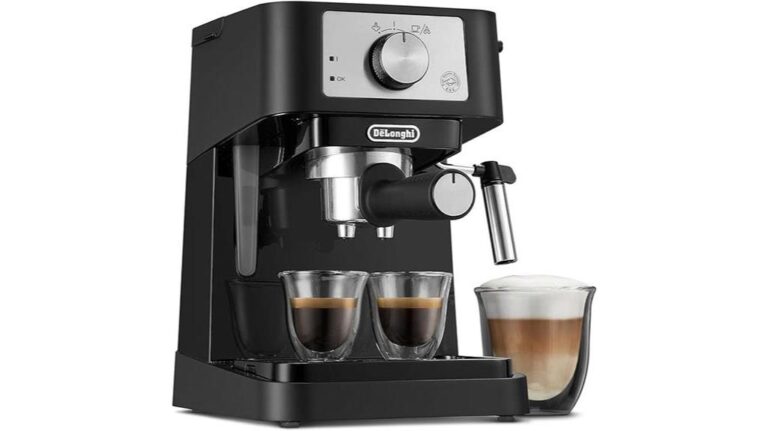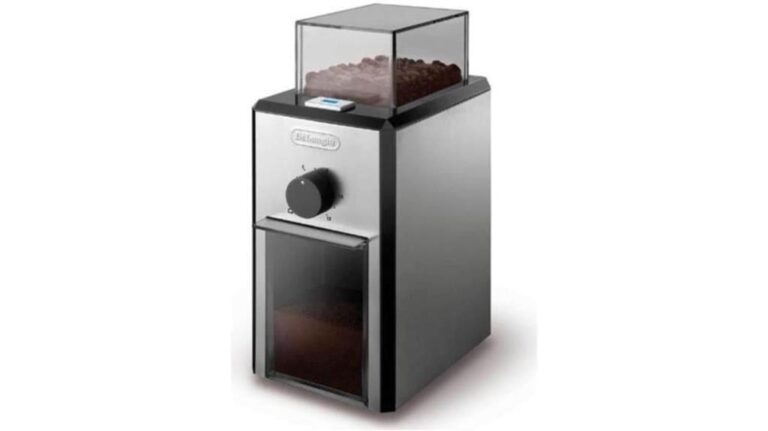What Is Single-Origin Coffee?
In the diverse and evolving world of coffee, single-origin coffee has emerged as a standout favorite among coffee aficionados and casual drinkers alike. This special category of coffee, revered for its unique flavor profiles and traceability, offers a distinct experience far different from the conventional blends that once dominated our morning cups.
Here, we explore the intriguing world of single-origin coffee, unraveling its definition, origins, and the myriad characteristics that make it a sought-after choice. From the high-altitude farms of Ethiopia to the rich volcanic soils of Colombia, single-origin coffee tells a story of place and process, encapsulating the essence of its origin in every sip.
Whether you’re a seasoned coffee enthusiast or new to the world of specialty brews, this exploration will enhance your understanding and appreciation of what single-origin coffee is, how it’s cultivated, and why it might just become your next favorite cup.
Definition And Origins Of Single-Origin Coffee

Single-origin coffee, as the name suggests, is coffee sourced from a single geographical location. This could be a single farm, a specific collection of beans from a distinct area within a larger farm, or sometimes beans from a particular country.
This exclusivity in sourcing is what sets single-origin coffee apart from blended coffees, which are typically a mix of beans from various regions or countries.
The concept of single-origin coffee has deep roots in the desire to experience and appreciate the unique flavors and characteristics imparted by specific growing conditions. Coffee, much like wine, is profoundly influenced by its terroir – a French term used to describe the environmental factors like climate, soil, and topography that give agricultural products their distinctive traits.
Therefore, a single-origin coffee from the highlands of Kenya will present a vastly different flavor profile compared to one from the mountainous regions of Guatemala.
The origins of single-origin coffee can be traced back to the early days of coffee cultivation and trade, where beans were often sold based on their country of origin. However, the modern emphasis on specific regions and farms within countries is a relatively recent development.
This shift reflects a growing interest in traceability and sustainability in the coffee industry, with consumers increasingly keen to know where their coffee comes from and under what conditions it was grown.
This focus on a single source also has significant implications for quality. Single-origin coffees are often produced in smaller batches with more meticulous attention to the harvesting and processing methods.
This can result in a higher quality, more distinctive cup of coffee that reflects the unique characteristics of its source.
Weird Coffee Tip: Single-origin coffee is typically better-tasting and more enjoyable than blended coffee. The most reliable way to get single-origin beans is to look for a good source of specialty beans. To find out where to get specialty coffee beans, take a look at this article:
Where Can You Get Specialty Coffee Beans?
Characteristics of Single-Origin Coffee

The allure of single-origin coffee lies in its unique flavor profiles and characteristics, which are shaped by a myriad of factors related to its origin. Each single-origin coffee offers a distinct taste experience, a testament to the specific environmental conditions and cultivation practices of its source region.
Flavor Profiles: Single-origin coffees are celebrated for their distinctive flavors and aromas. These can range from fruity and floral notes found in Ethiopian coffees to the nutty and chocolatey undertones characteristic of Brazilian beans.
Unlike blends, which aim for a consistent flavor profile, single-origin coffees embrace variability, offering a diverse palette of flavors that change with the seasons and harvests.
Influence of Terroir: The terroir, encompassing climate, soil type, altitude, and other geographical factors, plays a crucial role in shaping the flavor of single-origin coffee.
For instance, coffees grown at higher altitudes often have a more acidic and complex flavor profile due to the slower bean development in cooler temperatures. Similarly, volcanic soil, like that found in parts of Central America, can impart a rich and robust flavor to the beans.
Seasonality and Harvesting: Single-origin coffees also bring an element of seasonality. Since they are harvested in specific regions during certain periods, they can offer a fresh and timely taste experience. This contrasts with blends, which are designed to deliver a uniform taste year-round.
Traceability and Transparency: With single-origin coffee, there is a clear traceability of the beans’ journey from the farm to the cup. This transparency allows for a deeper connection and understanding of the coffee, fostering an appreciation for the labor and processes involved in its cultivation.
The defining characteristic of single-origin coffee is its ability to provide a unique window into the diverse world of coffee flavors, influenced by the distinct conditions of each growing region.
This diversity not only caters to a wide range of taste preferences but also tells a story about the place and people behind each cup.
Benefits Of Single-Origin Coffee
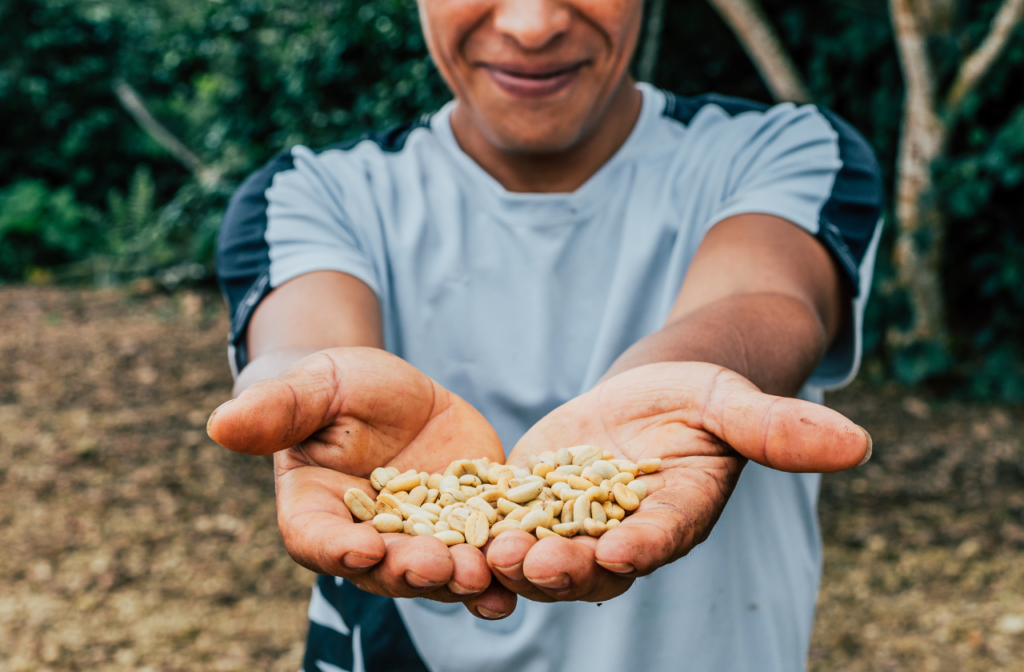
The growing popularity of single-origin coffee is not only due to its unique flavor profiles but also because of the numerous benefits it offers, ranging from enhanced taste experiences to supporting sustainable practices.
Enhanced Flavor and Quality: One of the most significant benefits of single-origin coffee is the exceptional flavor and quality it can offer. Since these coffees are sourced from a specific location, they often possess a unique and complex taste profile that is not found in blended coffees.
This makes them particularly appealing to those who wish to explore the diverse flavors of coffee.
Traceability and Ethical Sourcing: Single-origin coffee provides a high level of traceability. Consumers can know exactly where their coffee is coming from, which farm it was grown on, and under what conditions.
This transparency is increasingly important for consumers who are concerned about ethical sourcing and want to ensure that their purchase supports fair labor practices and sustainable farming methods.
Support for Local Farmers and Communities: Buying single-origin coffee often means supporting small-scale farmers and their communities. It allows farmers to receive a fairer price for their high-quality beans, as opposed to being part of a larger, anonymous blend. This can lead to better living conditions and more sustainable farming practices in coffee-growing regions.
Sustainability and Environmental Impact: Single-origin coffee farms often employ sustainable farming practices to maintain the high quality of their beans. These practices, which can include organic farming, shade-growing, and avoiding harmful pesticides, contribute positively to environmental conservation.
Educational Value and Coffee Appreciation: For coffee enthusiasts, single-origin coffee offers an educational journey. It allows consumers to learn about different coffee regions, the characteristics of coffees produced there, and how various factors influence the final product.
This deeper understanding can enhance the overall coffee experience, turning a daily routine into a meaningful ritual.
Promotion of Biodiversity: Single-origin coffee farms often cultivate a variety of coffee plants, which helps in preserving the biodiversity of coffee species. This is crucial in a time when many coffee species are threatened by climate change and other environmental factors.
Single-origin coffee not only provides a unique and high-quality taste experience but also promotes ethical, sustainable, and educational aspects of coffee consumption. It’s a choice that satisfies the palate while also contributing positively to the world of coffee production and its communities.
How To Choose And Brew Single-Origin Coffee

Choosing and brewing single-origin coffee is an art in itself, with various factors to consider to fully appreciate its unique characteristics. Here’s a guide to help you select and brew the perfect cup of single-origin coffee:
Selecting Single-Origin Coffee
Research the Origin: Each coffee-growing region imparts different flavors to the coffee. Researching the origin can help you understand the flavor profiles you might expect, whether it’s the fruity notes from African beans or the earthy tones from Indonesian coffee.
Roast Level: The roast level can significantly impact the flavor. Lighter roasts typically highlight the coffee’s natural characteristics, while darker roasts offer a more robust flavor. Choose based on your taste preference.
Freshness: Look for coffee that has been roasted recently. Freshly roasted beans will provide a more flavorful and aromatic cup.
Reputation and Reviews: Check reviews and seek recommendations from reputable coffee shops or roasters. They can provide valuable insights into the quality and flavor of the coffee.
Brewing Methods
Grind Size: The grind size should be chosen based on the brewing method. For example, a finer grind works well for espresso, while a coarser grind is suitable for French press.
Water Quality and Temperature: Use fresh, filtered water for brewing. The temperature of the water should be between 195°F to 205°F to extract the optimal flavor.
Brewing Technique: Experiment with different brewing methods to find what best suits the coffee. Pour-over methods like V60 or Chemex can highlight the coffee’s delicate flavors, while a French press might emphasize its body and richness.
Ratio of Coffee to Water: Start with a standard ratio of 1:16 (coffee to water) and adjust according to your taste preference. A higher ratio of coffee will result in a stronger brew.
Tasting and Appreciating the Coffee
Take the time to taste the coffee and appreciate its unique characteristics. Notice the acidity, body, and flavor notes. Each sip should reveal something about the coffee’s origin and the care taken in its production.
Don’t be afraid to experiment with different beans, roasts, grind sizes, and brewing methods. Part of the joy of single-origin coffee is discovering how these variables interact to create diverse taste experiences.
Brewing single-origin coffee is not just about making a cup of coffee; it’s about experiencing and appreciating the diverse world of coffee flavors. With the right selection and brewing techniques, you can unlock the full potential of single-origin coffee and enjoy a truly exceptional coffee experience.
Comparison With Blended Coffee
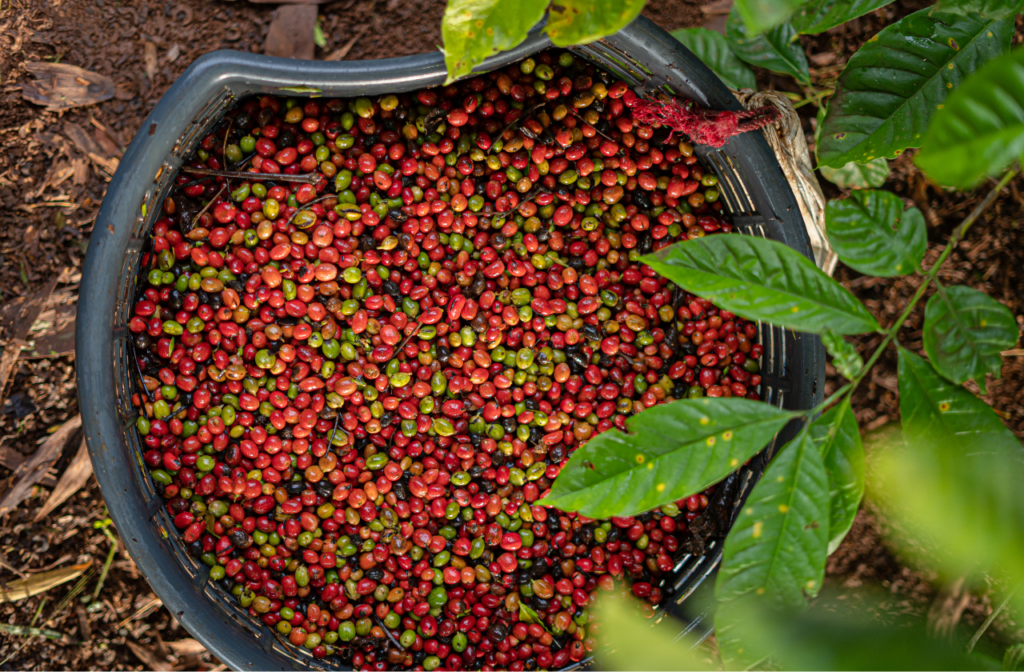
Understanding the differences between single-origin and blended coffee is key to appreciating each for their unique qualities. This section outlines the main contrasts and reasons why some coffee enthusiasts might prefer one over the other.
Flavor Complexity vs. Consistency
Single-Origin Coffee: Offers a complex and varied flavor profile that changes based on the origin, harvest season, and processing method. These coffees are celebrated for their ability to provide a distinct taste experience that reflects the unique characteristics of their source region.
Blended Coffee: Blends are crafted to create a consistent flavor profile, combining beans from different origins to balance flavors and achieve a specific taste. This consistency is often preferred in commercial settings where predictable flavor is crucial.
Traceability and Story
Single-Origin Coffee: Provides a clear traceability, offering insight into the specific region, farm, and even the type of bean used. This traceability often includes a story about the coffee’s journey from farm to cup, adding an educational and experiential element.
Blended Coffee: With beans sourced from multiple regions, blends typically lack the same level of traceability and story. This can make it challenging to discern the exact origins and characteristics of each bean.
Price and Availability
Single-Origin Coffee: Often more expensive due to the specialized farming and processing methods, and sometimes due to the rarity of the beans. Additionally, they may be available only seasonally, based on harvest times.
Blended Coffee: Generally more affordable and widely available throughout the year, as blending allows for a more consistent supply and price stability.
Suitability for Brewing Methods
Single-Origin Coffee: Best suited for brewing methods that highlight their unique flavor profiles, such as pour-over, Aeropress, or siphon brewing.
Blended Coffee: Often preferred for espresso and milk-based drinks, where the complexity of single-origin coffee might be overshadowed by other flavors.
Personal Preference and Exploration
The choice between single-origin and blended coffee often comes down to personal preference. While some coffee drinkers enjoy the unique and diverse flavors of single-origin coffees, others prefer the consistency and balanced taste of blends.
While single-origin coffee offers a unique, traceable, and often more complex flavor profile, blended coffee provides consistency, versatility, and affordability. Understanding these differences can help coffee enthusiasts make informed choices based on their taste preferences and the coffee experiences they seek.
Conclusion
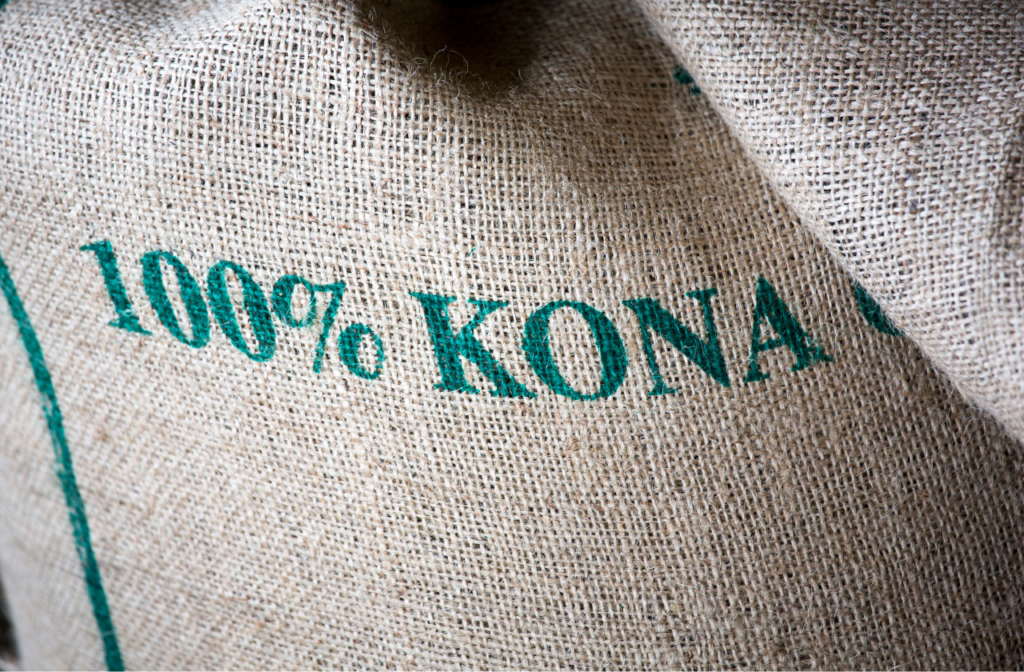
Single-origin coffee stands as a remarkable entity in the world of coffee, offering a unique journey through its distinct flavors, origins, and stories. Each cup of single-origin coffee is not just a beverage; it’s an experience that connects the drinker to the specific region, climate, and culture from where the beans are sourced.
While single-origin coffee might be preferred for its unique taste and story, it’s important to recognize the role of blended coffees in providing consistency and balance, catering to different taste preferences and uses. The choice between single-origin and blended coffee ultimately depends on individual taste, curiosity, and the desire for variety in the coffee experience.
As you enjoy your next cup of single-origin coffee, take a moment to reflect on the journey it has made from a distant farm to your cup, and the myriad of hands and hearts that have contributed to its story.
-
Espresso Express eBook
R180,00 -
From Bean To Brew eBook
R450,00 -
Great Coffee, Made Simple
R0,00




